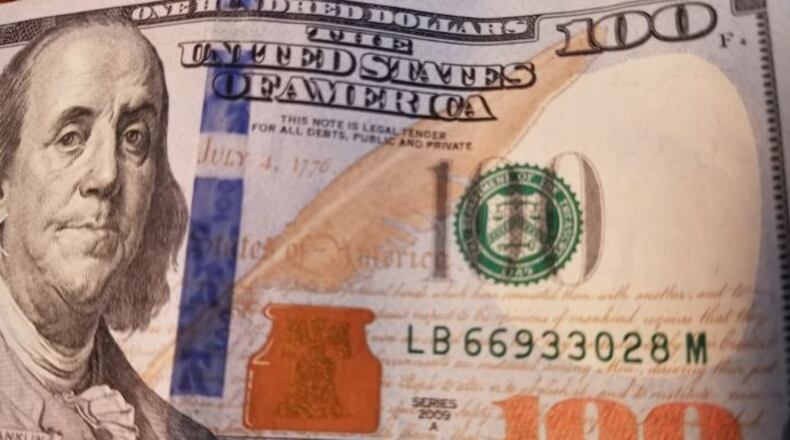It was the fifth time in the last thirteen months that the monthly deficit for the U.S. Government went over $200 billion, with a record of $234 billion set in February 2019.
The 2020 fiscal year began with a deficit of $134 billion in October.
The latest budget figures also reflected the new tariffs levied by the Trump Administration on imports from China and other nations, as the feds have brought in $14.6 billion in import duties in October-November - almost $3 billion more than the same two months in 2018.
In Fiscal Year 2019, the feds took in $71 billion in tariffs, a dramatic increase from $38 billion in 2018.
The quick jump in the deficit for Fiscal Year 2020 only reinforces the forecasts by the White House and the Congressional Budget Office that the deficit will go over $1 trillion - possibly for a number of years.
"Permanent trillion-dollar deficits are projected starting this year," the Committee for a Responsible Federal Budget said earlier this month. "And policymakers can't pass a budget."
Watchdog groups like the CFRB are worried a year-end deal to fund the operations of the federal government, also might raise the deficit as well.
"With budget deficits approaching the trillion-dollar mark, the last thing we need is budget-busting Christmas tree legislation. We of course need to avoid a government shutdown, but that shouldn’t be an excuse to add even more to the national debt."
— CRFB.org (@BudgetHawks) December 3, 2019
About the Author

